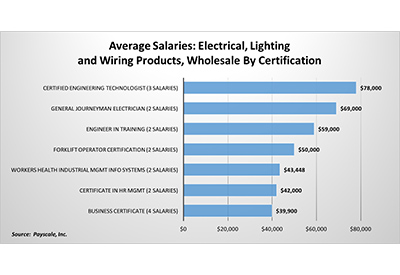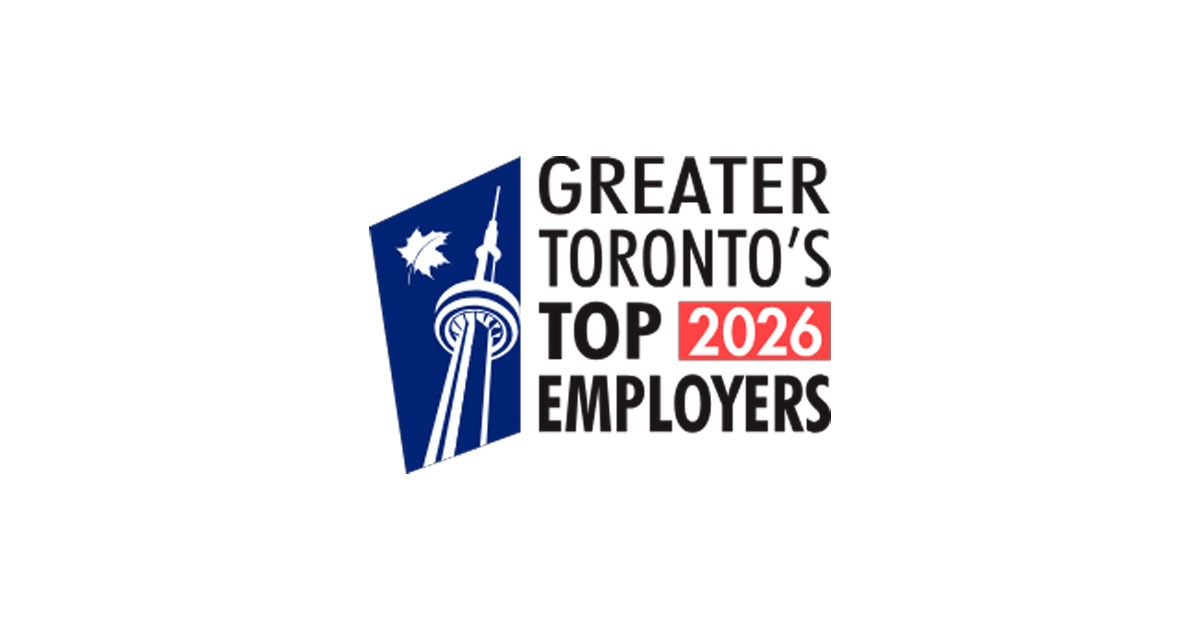Canadian Energy Outlook: Essential keys to tackling the energy transition challenge

Oct 17, 2021
By Institut de l’énergie Trottier de Polytechnique Montréal
In response to the urgent need to ensure a truly effective energy transition across the country, the Institut de l’énergie Trottier at Polytechnique Montréal, in partnership with e3c Hub–HEC Montréal and the firm ESMIA, has published Canadian Energy Outlook 2021: Horizon 2060. The report, now in its second edition, forecasts trends in Canadian energy production and consumption along with greenhouse gas (GHG) emissions. To better gauge the impacts of reduction strategies, it compares transformation scenarios over the next 40 years, depending on whether Canada achieves carbon neutrality in 2045, 2050, or 2060. This energy modelling is based on the most comprehensive technology description of its kind in the country.
Canada has adopted stringent GHG reduction targets. Given that the energy sector alone is the source of more than 80% of emissions, it must be singled out as a priority sector for decarbonization. Knowing that this same sector accounts for 10.2% of GDP, and that Canadians are major consumers of energy—ranking second per capita among OECD countries—transforming the sector will be pivotal for the country’s future.
To ensure the success of this unprecedented energy and technology transition, independent researchers have turned to modelling. Their evaluation of possible pathways to carbon neutrality in Canada includes assessments of their cost and impact at the national level as well as province by province, taking into account the considerable differences in their energy profiles.
“The goal is to illuminate a clear path and propose a way forward to meet our targets on time,” explains Simon Langlois-Bertrand, a researcher specializing in energy issues and the report’s lead author. “Our analyses, informed by hard evidence, can guide policy and investment. But for that to happen, policymakers must embrace these findings.”
The zero-carbon objective changes everything
The report’s most compelling conclusion is that committing to the zero-carbon objective has a profound impact on the nature of the transition. With technology solutions that will generate only a partial reduction in emissions now ruled out, so-called transitional energy sources such as natural gas are fundamentally incompatible with a net-zero objective and must therefore be abandoned immediately.
Likewise, given the sheer scale of the challenge, it is economically imperative that eliminating GHG emissions occurs wherever possible, only retaining solutions based on GHG capture and sequestration for sectors that cannot be decarbonized, such as farming and certain industrial processes.
It’s still possible to meet climate targets
The report’s authors state that, from a purely technical and economic standpoint, the transformation is achievable and economical. Although the overall ramifications of complete decarbonization are impossible to predict, the projected cost of the process to the Canadian economy is rapidly falling as technologies improve. Whereas the marginal cost to eliminate the last tonne of CO2 needed to achieve 65% decarbonization of the Canadian economy by 2050 was estimated to be greater than $1,100 in the 2018 edition of the report, the newest forecasts put the marginal cost of deeper decarbonisation – of 80% or 100% of the country’s economy by 2050 – at $400 and $1,100 respectively.
With rapid technological advances and diligent application of the proper measures, achieving carbon neutrality may even prove profitable.
Leadership and the power to act rest with government
In recent years, governments in Canada have spent billions of dollars on energy transition with relatively few results to show for it. Canadian Energy Outlook 2021 illustrates that these failures can be reversed if governments act strategically and boldly to compel far-reaching transformations, accepting the risks of failure, rather than playing at the margins of established approaches.
Priority sectors
From a cost optimization perspective, the main keys to achieving the current 2030 GHG reduction targets are: substantial reductions in electricity generation, industrial and commercial emissions, and oil and gas sector emissions. Governments will have to set targets and develop specific sector-based programs for each of the above-mentioned industries.
The report’s conclusions on a sector-by-sector basis are available here (buildings, transportation, agriculture, carbon capture and storage, citizens’ roles.











